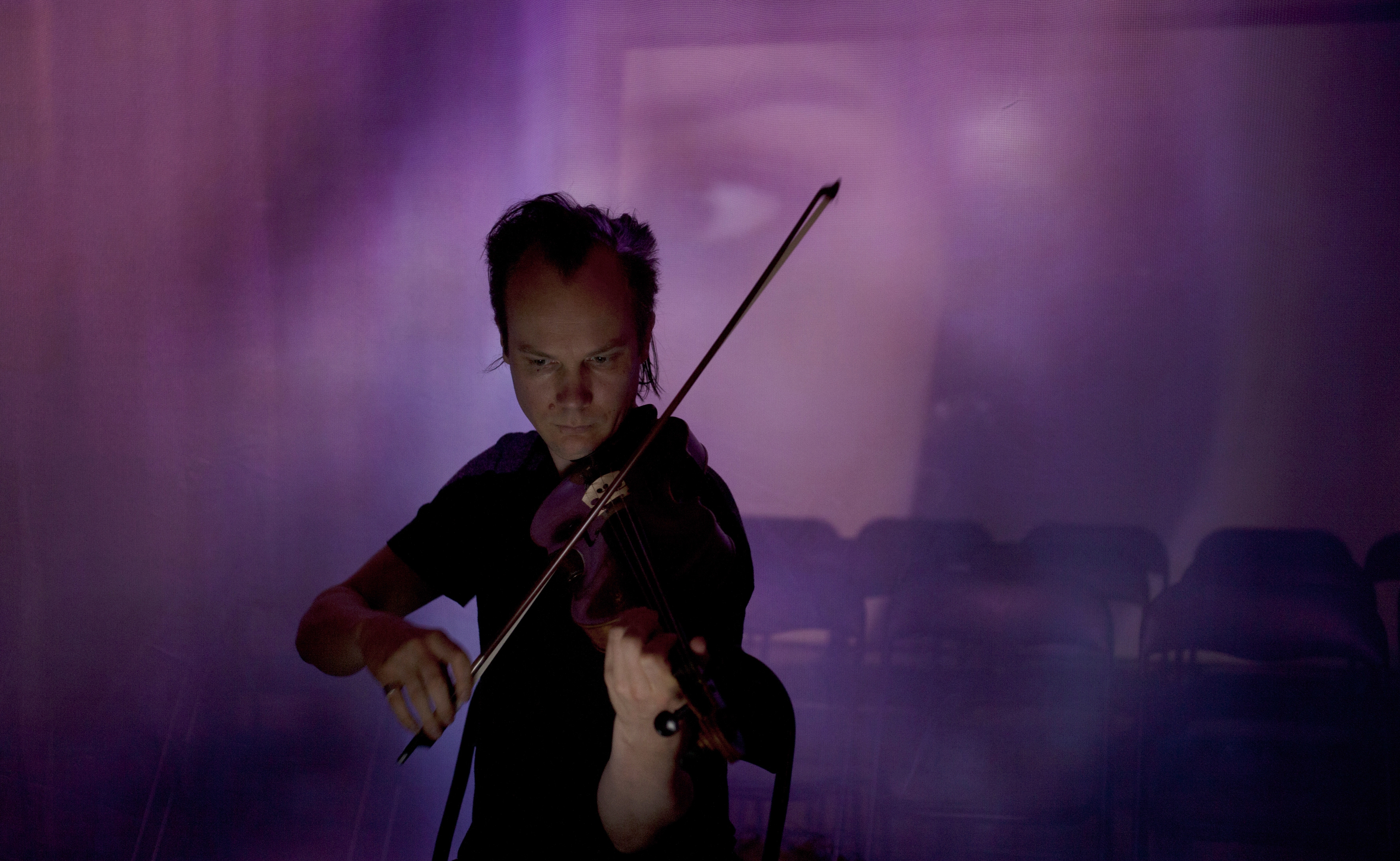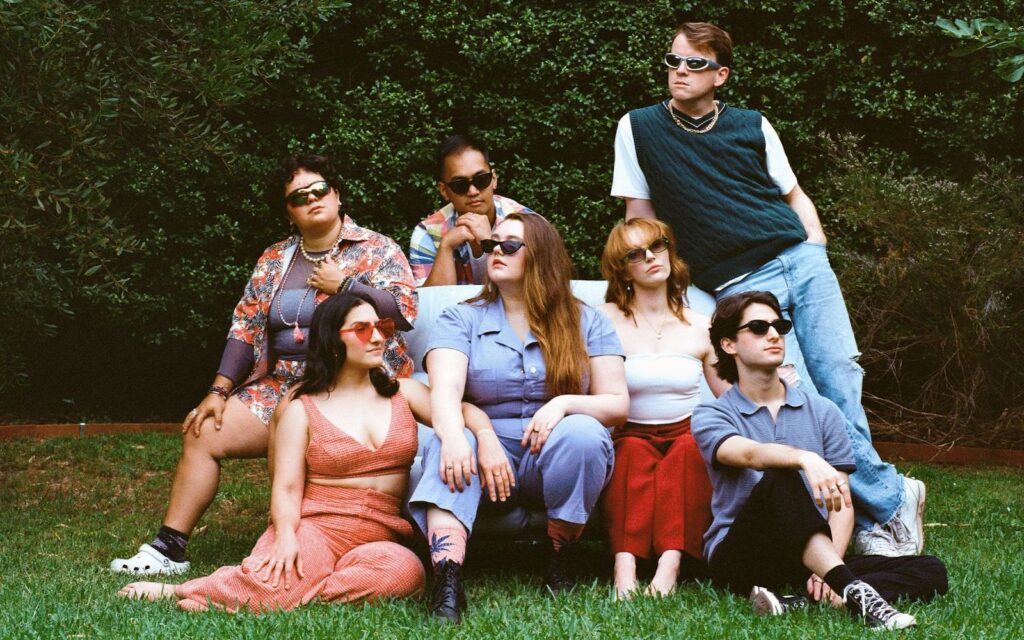“I think for [Chamber Made Opera], the film touches on ideas that we’re all interested in as artists,” Veltheim says. “One of those is the question of what is art in society, and that was at the forefront of Bergman’s mind too when he was making Persona. So there’s a lot of self-referential images and aspects to Persona that he explores. Another thing is this fracturing and merging of characters, which has inspired people like David Lynch in films like Mulholland Drive. That is to us a very relevant topic – the idea of what is it that constitutes your character, your personality? But a third thing we found interesting was that Bergman was making a story about women. It’s a very female story, the two leads and the doctor in the background are women, and the only man is the blind husband of one of the characters.”
It is a strong point Veltheim raises. With the exception of almost incidental characters, the narrative is propelled by the mute character Elisabet, and her nurse Alma. One particular scene has developed a certain level of renown for an evocative sexual encounter that is entirely verbal; it uses one form of expression to portray an entirely different one.
“It’s interesting that [Bergman]’s chosen to do that,” Veltheim says. “And for instance, the orgy description by Alma, we’ve explored the idea that this is a female fantasy which is written by a man, which to us opens up a lot of tricky gender politics. Who has a right to speak about these things? Does a man have a right to speak a woman’s fantasy? So we’ve taken some of those elements and explored them in our own way. This work is not a restaging in any way of Persona. It’s more that we’ve used Bergman’s material and made our own work as an interpretation of those ideas.
“From the very beginning we’ve tried to propose an alternative to the main stage opera companies, and find an alternative way to make what is essentially multi-disciplinary art in more intimate surroundings. Chamber Made has tried to find a new and innovative way to present music-based work that often – but not always – has the human voice as its central feature.”
Chamber Made Opera is itself now moving into its 28th year, and has managed to sustain these years of operation by maintaining a program that is consistently unpredictable. Even those familiar with the company’s body of work will enter a production largely blind, and it is this sense of curious wonder – “bewilderment is part of the journey” as a short documentary on their website suggests – that keeps patrons returning.
“It’s definitely a really central thing to all our works. This idea that you don’t know quite what you’re walking into. People who go to opera or to concerts, they’re well trained to expect the proscenium stage; they know their role as an audience. So I think Chamber Made Opera tries to reconfigure that role, so the audience has to renegotiate their relationship with each other, and with the staged performance. In this work we have a four channel video projection, and the audience is seated inside this projected installation. So they see this overlaid, collaged image, they see the performers inside these transparent screens, and they see each other. We’ve got two audience banks facing each other. So in some ways it’s a confronting way to seat the audience, since they’re both aware of themselves as being inside the work, but [they’re] also able to observe the other audience as part of the work.”
Another Other is described as a “multi-sensory experience,” and while I worry Veltheim might find this off-topic, I was reminded of a friend’s recent trip to Japan. He was particularly excited to see the new Star Wars in 5D – where smells waft through the cinema, water is sprayed about, all kinds of stimulus employed. Though this rather gimmicky event is not quite the intention here, I wonder if this is where our engagement with entertainment is gradually heading. Are we moving towards a much more physical viewing experience?
“It’s interesting, because I always see cinema as being a kind of inheritor of the multimedia art and entertainment form that opera was once heading towards. Like in the 19th century how opera was trying to become more and more immersive, and then with cinema the technology kind of took over, and now we have bigger and bigger cinemas and we can make the audience experience more and more saturated and emergent. So there’s a definite parallel there, and for us, the way we try to use that immersion or saturation is to give the audience a really physical experience. In many ways it’s not that dissimilar, but the difference is that what we’re doing you would likely consider more abstract or impressionistic. It’s definitely not the narrative experience you would usually find in the cinema.”
BY ADAM NORRIS







